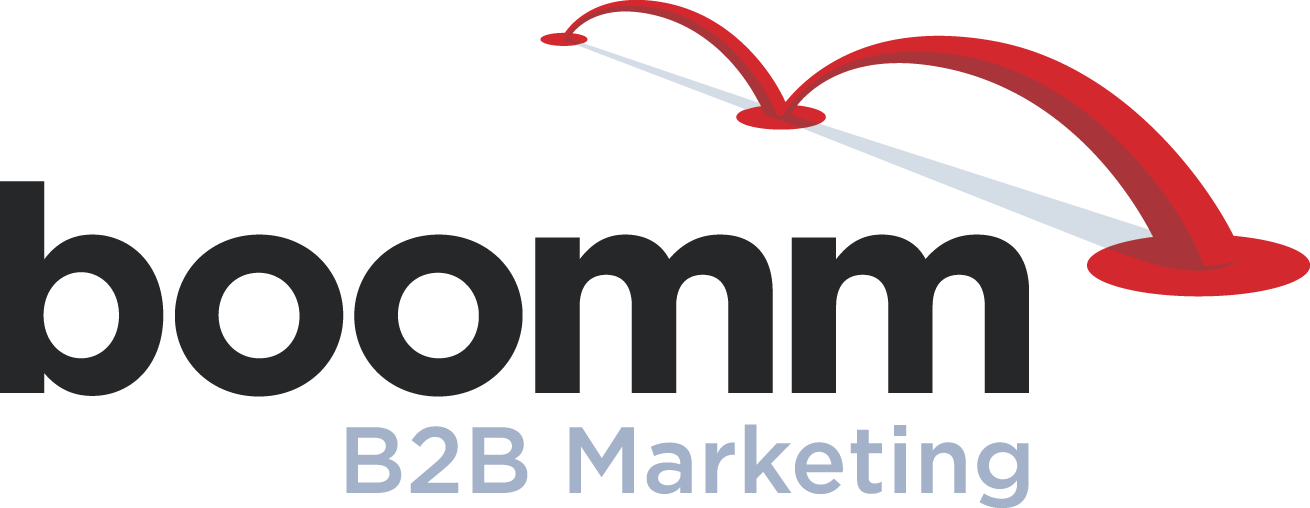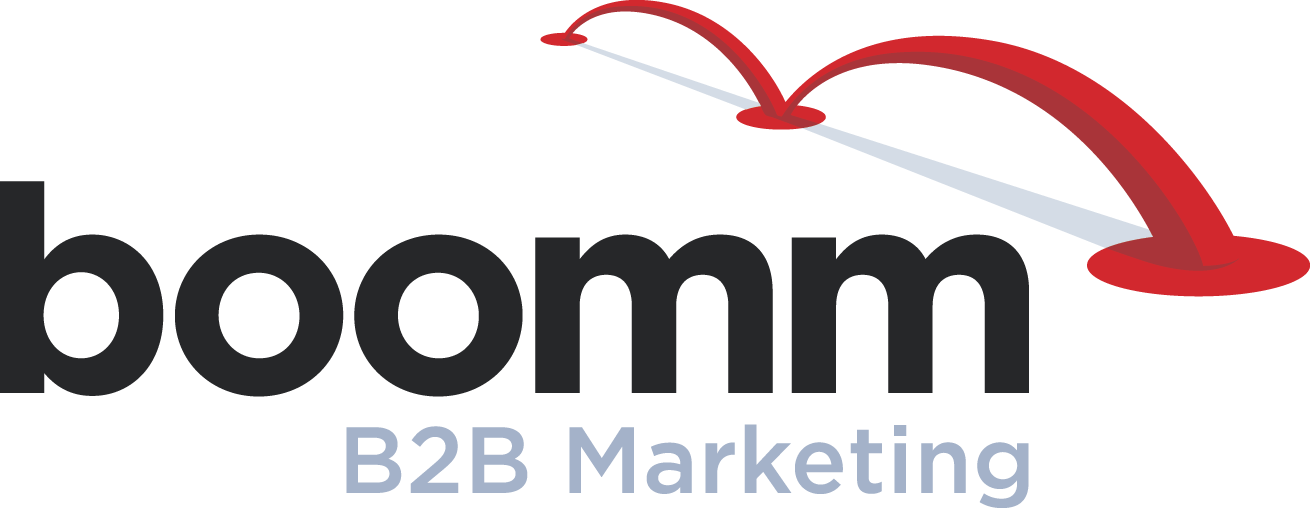The age of brilliant stupidity

B2B marketing is more sophisticated, nuanced and global than ever.
Campaigns can accurately pinpoint age groups, locations, industries, titles, behaviors and even specific companies. Messaging can be tested, modified and optimized with remarkable dexterity. New platforms are emerging constantly and B2B marketers are finding innovative ways to leverage them. And the potential for using AI seems unlimited.
No doubt about it, this is the Golden Age of B2B marketing: a time of brilliant, predictable prosperity. Then, the results come in. Sales are down, engagement is weak, the C-Suite is angry and the customer base isn’t growing. It all seems inexplicable.
Perhaps the hard reality is that we’re in the age of Brilliant Stupidity.
Our resources have become so responsive and intelligent that many commonsense tenets of B2B marketing have been devalued and cast aside. That’s not a coincidence. The advancements we celebrate have made it possible for marketers to disregard some best practices because technology has usurped them.
As a refresher and a warning, here are three timeless truths that should never be overlooked, no matter how advanced our profession or your tools become.
Original thinking wins
“Me too” thinking is everywhere in B2B. A recent review of a well-respected engineering publication revealed two different competitors citing the same statistic to sell their services. These companies clearly believe the best data point makes the strongest message. Unfortunately, they forgot that the entire industry has access to the same data.
Instead of simply citing the latest stats, facts or news in your communications, find an original and relevant way to give them meaning. If there is a recent mandate in your category, help your customers understand how to navigate it. If the market is buzzing over industry news or an emerging trend, bring your own fresh voice to the discussion. If there is new data that supports your offerings, give it meaningful context that no one else can. Better yet, conduct your own research and offer data and insights that you can truly own. Then, other marketers will start quoting you.
Remember, when everyone has the same basic information, the best and most original thinking wins—and this applies to social media, videos, blog articles, white papers and almost any other form of B2B marketing.
Direct them home
As channels evolve so do the metrics for success. B2B marketers discuss campaign performance in terms of impressions, engagements, tags, traffic, profiles and competitive listening insights. All of these are important and informative indicators, but they don’t close the loop.
When the final B2B campaign is evaluated, the most important metric is usually leads, but they can be extremely elusive to secure.
Why doesn’t traffic translate into leads? What made an engaged prospect abandon before they could be converted into a qualified lead? How did an omnichannel strategy with the best targeting and latest technology platforms fail to deliver new customers in the end? The answer is often surprisingly obvious: There was no clear action for the prospect to take.
The key lesson of direct marketing is that effective campaigns demand a response, and smart marketers make that action foolproof. Don’t let your prospect wander aimlessly on your website. Don’t force them to sit through an explainer video when they’re ready to act. And above all, don’t offer several response options to muddy the waters.
When the prospect is ready, make your call to action clear, keep the path to response linear, and make sure to briefly reinforce why they’re responding. This can be as simple as developing a campaign landing page with a form for a download or a dedicated page on your website that offers a direct and immediate connection to you.
One more point: Be sure to let those fresh leads know you are aware they raised their hands. Send a confirmation email or have a pop-up thanking them and promising a fast reaction from you.
Ask your customers
The final truth has grown more valuable as B2B has become more reliant on big data: Your customers hold the answers to generating more business.
It pays to remember that customers are wonderfully human. That means they’re diverse, opinionated and free to go with any of your competitors instead of your company. They’re also open to new ideas and they have countless opportunities to connect with other firms. Despite all of that, they chose you.
Technology can profile your customer base, but even the most advanced AI can’t tell you precisely why each of those individuals elected to partner with you. That’s alright. You can ask them.
Most customers are very busy, but they also want to be heard. If you give them the chance to spend a few unfiltered minutes talking about themselves, their needs and how you make their professional lives better, the insights will be campaign changers. Everyone from the C-Suite to R&D will want to know what your customers truly think. And you’ll strengthen your relationship with those customers by genuinely demonstrating that they matter.
What if you can’t talk to directly to your customers? Ask your sales team to share their knowledge. They manage the relationships and should know the most recent and relevant pain points and opportunities to leverage in your campaigns.
There you have it: three commonsense truths that will never lose their potency. Most importantly, following them will help prevent brilliant stupidity.


